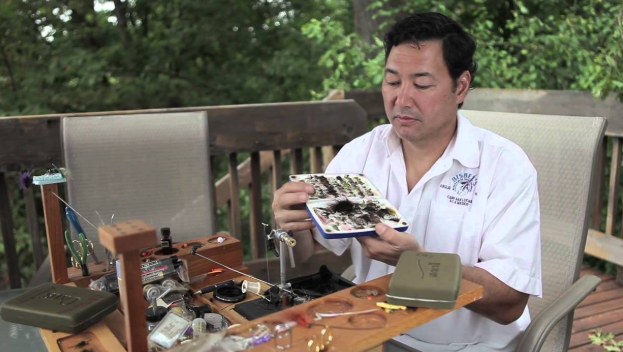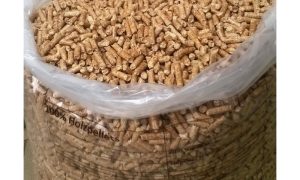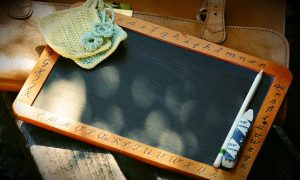Learning to tie your own fishing flies can be part of the fun and fascination associated with fly fishing. Tying fishing flies is essentially tying flies using thread, animal hairs and other materials to imitate insects and other natural attractors. The sense of accomplishment in not only creating an imitation of an insect but also using the fly to attract and catch fish is greatly rewarding.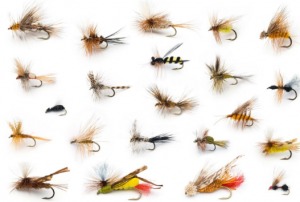
Things You’ll Need:
- Fly tying vise Various size hooks Bobbin and thread Feathers (or animal hairs) Scissors Yarn
- Fly tying vise
- Various size hooks
- Bobbin and thread
- Feathers (or animal hairs)
- Scissors
- Yarn
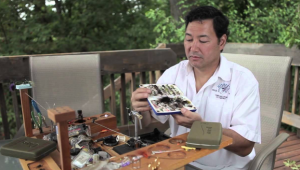
Step 1
Choose a location that is flat and well-lit for tying flies. Attach a fly-tying vise to the edge of the surface and tighten the clamp on the vise securely. Make sure there is sufficient lighting for illuminating fine detail work.
Step 2
Decide on the type of fly to be tied. Factors such as geographical location, time of day and season can impact this decision. Assemble items such as specific yarns, feathers and threads that match the colors of the insect to be imitated. Items used for fly tying may be purchased at outdoor stores and online.
Step 3
Place a hook in the jaws of the vise with the longest part, know as the shank, on top. The curve of the hook, or bend, should be secured in the jaws with the point on the bottom.
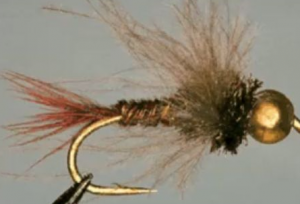
Step 4
Place the thread in the bobbin and completely wrap the shank with thread. The thread should cover the shank from just above the bend to just below the eye of the hook shank.
Step 5
Hold a strip of yarn on top of the hook along the shank and wrap thread around both the shank and yarn. It may be necessary to fold the yarn back over the shank and wrap again to add to the body of the insect. This is also the time to add other features of the insect using materials such as feathers and hairs from different animals.
Step 6
Finish the fly by wrapping the thread several times just below the eye of the hook. This will form a head for the insect and also finish off the materials to help in avoiding unraveling. Tie off the line with a hitch or double overhand knot and clip the thread.

